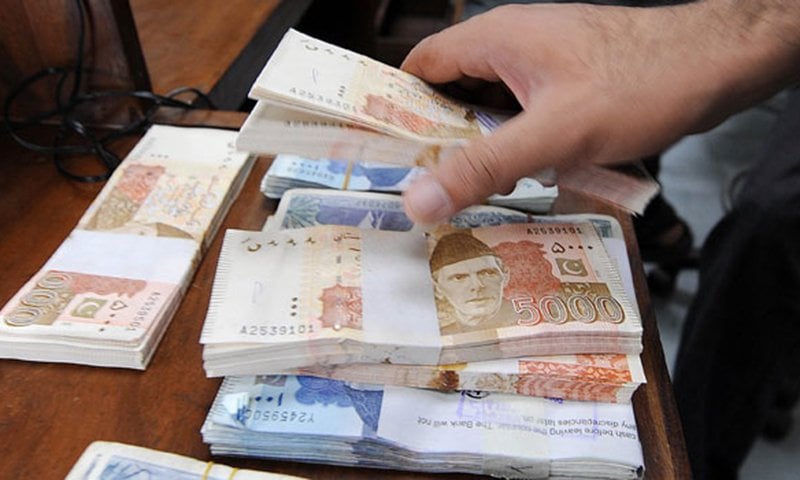
“SME financing was recorded at Rs513 billion at the end of calendar year 2018 compared to Rs450 billion…last year, exhibiting a growth of 14%,” the State Bank of Pakistan (SBP) reported on Tuesday.
The notable growth in financing came after the federal government and central bank initiated SME-supportive policies as the “sector is contributing 30% to the country’s GDP (gross domestic product), employs more than 80% of non-agricultural workforce and generates 25% in export earnings. Thus, the SME sector has a huge potential for employment generation and poverty alleviation,” the central bank said in a statement.
The central bank has increased the benchmark interest rate by 4.5 percentage points in six rounds since January 2018 to a six-year high of 10.25% at present.
“The growth in SME financing was even more prominent in the last six months of 2018 wherein it registered an increase of 25%,” it said.
“The substantial increase in SME financing is mainly attributable to implementation of the policy for the promotion of SME finance issued by the State Bank of Pakistan in December 2017.”
The Policy for Promotion of SME Finance introduced initiatives like providing financing to sub-sectors at comparatively low and subsidised interest rates, providing cover to banks against submission of low-value collateral by the SMEs, accepting moveable property as collateral, giving high priority to women enterprises through subsidised loans and covering up to 60% loss risk of banks.
Under the policy, so far more than 2,500 bankers have been trained through focused training by the training institute of the central bank. Similarly, awareness has also been created among more than 20,000 stakeholders, including the SMEs, through special programmes held by the SBP and SBP BSC across the country.
Moreover, it said, the historic milestone of Rs513 billion financing to the SMEs became possible after the central bank assigned financing targets to banks for the first time in 2016.
In the policy, the central bank has set the target of increasing the SME financing share from the existing 8% of private sector credit to 17% and increasing the number of borrowers from the existing 174,000 to 500,000 by 2020.
The federal government, in its second mini-budget announced in January, cut taxes to half (almost 20%) on banks’ earnings coming from SME financing to encourage them to provide maximum financing to the small units.
The impact of SBP interventions has resulted in a significant rise in the outstanding SME finance by banks/DFIs coupled with 2.3% decrease in non-performing SME portfolio of banks over the last year.
Published in The Express Tribune, February 20th, 2019.
Like Business on Facebook, follow @TribuneBiz on Twitter to stay informed and join in the conversation.




























1714024018-0/ModiLara-(1)1714024018-0-270x192.webp)









COMMENTS
Comments are moderated and generally will be posted if they are on-topic and not abusive.
For more information, please see our Comments FAQ